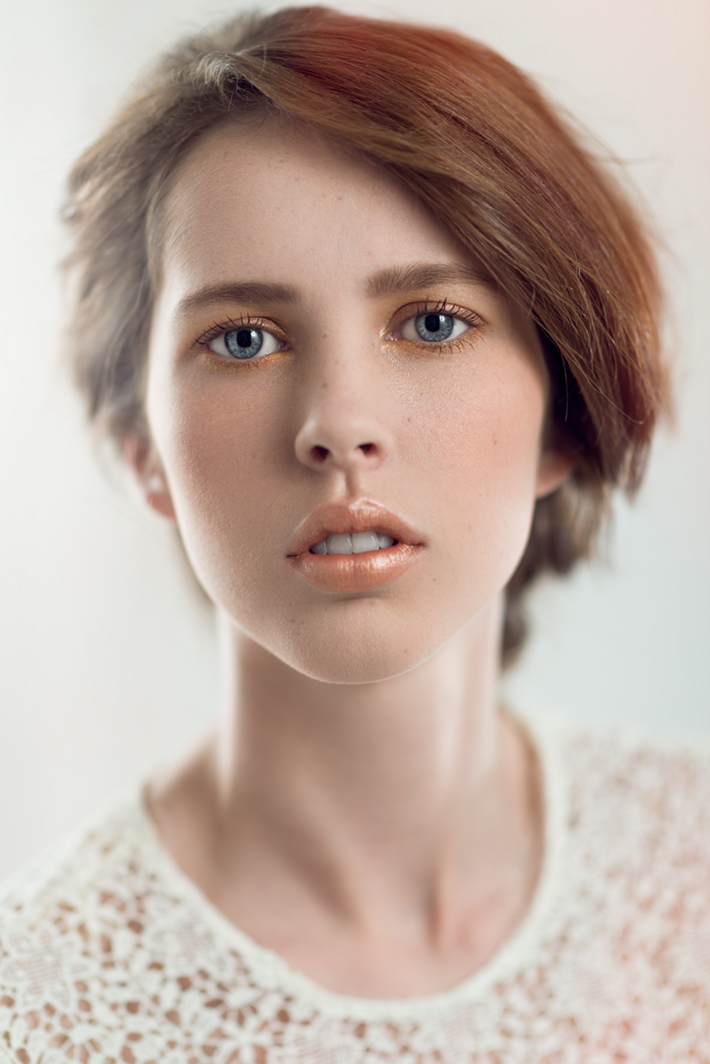We’re often told that we need to focus our photographic efforts on one genre and that you shouldn't try to be an expert at everything. While I agree that you need to target your marketing at a specific photographic field, many people take this advice far too literally. They disregard other genres and miss out on a tremendous amount of valuable knowledge that can be obtained through the exploration of genres outside of our comfort zone.
My observations with people I teach and through communities I’m a part of have made me realize just how polarized and siloed the different branches are. A landscape or product related article/tutorial will very rarely be given a second glance by a people shooter and vice versa. The problem with this is approach is that we narrow ourselves to a commonly used set of photographic or post processing tools - which represent only a fraction of what is available - and produce work with the same mindset as everyone else.
Each field of photography has its own nuances that are critical to success, but that may play only a supporting or unconscious role in your area of expertise. Although it’s too much to ask that we master these nuances, simply being aware of them can make you a more creative, flexible and well rounded photographer. Despite being primarily a fashion and portrait photographer, I'll happily shoot landscapes and architecture whenever the opportunity arises. Doing so allows me to explore something that feels more like recreation than profession while still improving my skills as a photographer and retoucher. Even though there are a host of different genres out there, let's focus our discussion on particular subjects to be photographed and see what insights we can gleam from them.
Lessons from Landscapes and Cityscapes
As a landscape photographer you become a master of your camera. You learn how to extract every bit of beauty from conditions you have no control over. Reflectors, strobes, scrims, all become useless against the scale of the scene you’re trying to capture, forcing you to fall back on old fashioned tools like filters as well as modern techniques like digital blending to overcome these challenges. You become good at spotting unique compositions and angles and race against ever changing light. It forces you to develop a careful post processing game plan well before you shoot the first frame and learn how light interacts with various atmospheric conditions and creates color. All of these are valuable skills for any sort of photographer and it amazes me how often people disregard them in genres like portrait or product photography. Using ND filters and blending multiple raw conversions with luminosity masks is par for the course for any landscape photographer yet so many are unaware of their application when shooting people. While something like luminosity masks is seldom if ever mentioned in a portrait post processing tutorial, it is discussed frequently in landscape related materials and can be applied in exactly the same manner. The below image was shot as an exercise for multiple exposure blending. It contains fragments shot over 45 minutes at a variety of apertures, focal lengths and exposure times (the details are documented here) in the interests of capturing a specific look that would otherwise be impossible. While I may not apply the exact same techniques to photographing people, it has changed my thought process and what I know is possible both in camera and in post.

Lessons from Product Photography
Product photography is one of the least often explored branches yet it offers so many lessons. In product photography, the devil is in the details and every little highlight and shadow can make or break the image. It’s about telling a story and conveying emotion from an otherwise static object through the use of light and environment. You’ll learn how light interacts with various surfaces and how acute the effects of different light shapers really are. It teaches you how to slow down, stay organized, problem solve and develop a process for achieving great results. Post processing in product photography is similar yet completely different from the other genres out there. It’s tedious and time-consuming but will also force you to become a master of a handful of basic tools and adjustment layers, all of which have uses far beyond product photography. The below image was my first - and hardly perfect - attempt at product photography and was taken as part of a larger commercial shoot. I quickly realized how different the approach to lighting has to be due to the change in surfaces, texture and scale as compared to working with human subjects. I’m not about to advertise my services as a product photographer or retoucher any time soon, but the experience taught me a lot about my light shaping tools as well as valuable techniques in post processing that I’ve carried forward into my other work today.

Lessons from Architecture
Shooting architecture is a lot like shooting products but at a different scale. It blends many of the theories that go into landscape photography with the obsessive attention to detail that goes into shooting product. You’ll be confronted with lighting large areas and dealing with extreme differences in exposure. You learn to dissect spaces into interesting compositions, watch for tricky surfaces and textures, and focus as much on what you leave out as much as what you put in. The below is an example of one of my first interior architecture shots and it made me realize just how many ways you can interpret the same space through the use of exposure, composition and light temperature.

Lessons from Fashion and Portraits
Where product is a game of patience and refinement, shooting fashion and portraiture is often about speed and agility. Your best laid plans often fall by the wayside and you end up thinking on your feet to achieve the look you initially wanted. Time is often constrained and last minute changes are to be expected. Shooting editorially forces you into creating different looks while maintaining a common thread or story and evoking a particular feeling through lighting, composition and environment. Most importantly you’ll learn how to better interact with people and spot those magical moments of gesture that can be extremely subtle yet important. The post processing stage also has a great deal to teach photographers of all genres. Techniques like frequency separation and dodging and burning have benefits across a wide range of scenarios but are rarely discussed outside of fashion, portrait and beauty based tutorials.

Don’t get me wrong, I’m not encouraging you to drop everything and spend months becoming an expert at all branches of photography that are out there. We’re specialists for a reason and it should stay that way. Your marking should remain targeted to your area of expertise, but your mind need not be. What I encourage is that the next time you come across a tutorial or article about a field you know nothing about, take the time to review it and think about how it’s lessons can be carried over to your genre. Once you get a feel for these different fields, try them out for yourself if the opportunity arrives. Got a cool product at your house, why not spend an afternoon trying to light and photograph it? Going on a trip, how about taking you camera and trying to capture a cool landscape? Odds are that on your first attempt you’ll probably come up short. In fact it’s probably best that you do as it will open your eyes to the challenges that exist, stoke future curiosity and change the way you approach work in your specific field. All these genres demand different things from your gear, mindframe, imagination and post processing skills, and developing even a working knowledge in each will allow you to explore new possibilities and produce higher quality and more interesting work.
Connect with me here: Michael Woloszynowicz | Facebook | YouTube | Twitter







Thanks for this.
Don't forget some of the most versatile shooters working, photojournalists, the ground pounders of the industry.
Exactly. Vision and a sense of timing, with practically no dependance on post. You can only "learn" a bit of it. Generally, you either have it or you don't.
PJs DO have to be able to shoot nearly everything, fast and with no reshoots. Sort of wish I had had that experience coming out of school. But I looked down, then, on PJs because I learned advertising/studio work and was "better than them." That, I learned later, was snobbish hooey!.
Excellent advice, Mike. People should listen....
Excellent article. There are some of us, such as me, that enjoy shooting a variety of subjects, albeit for similar end uses (web, large scale prints such as trade shows, etc.).